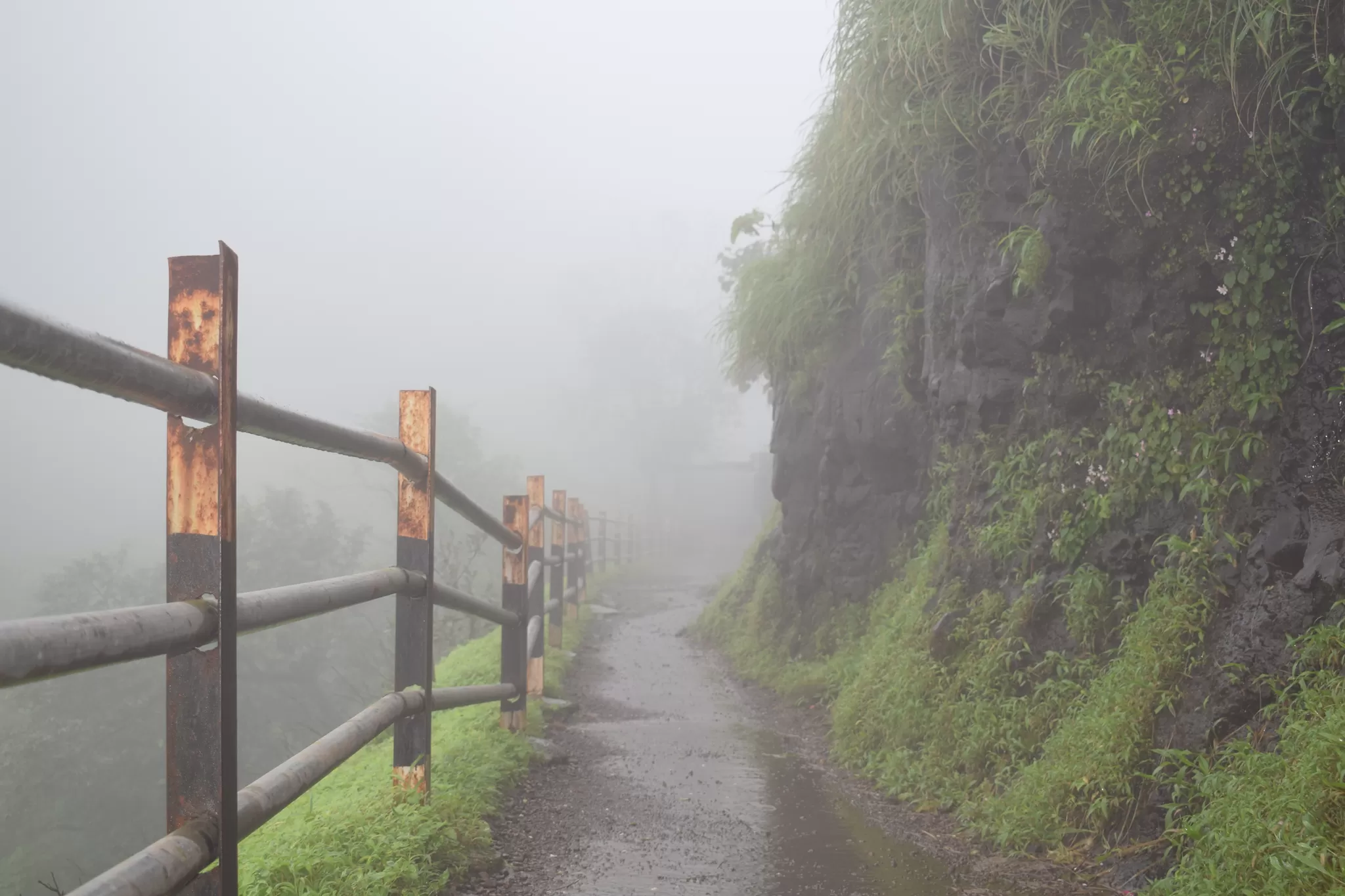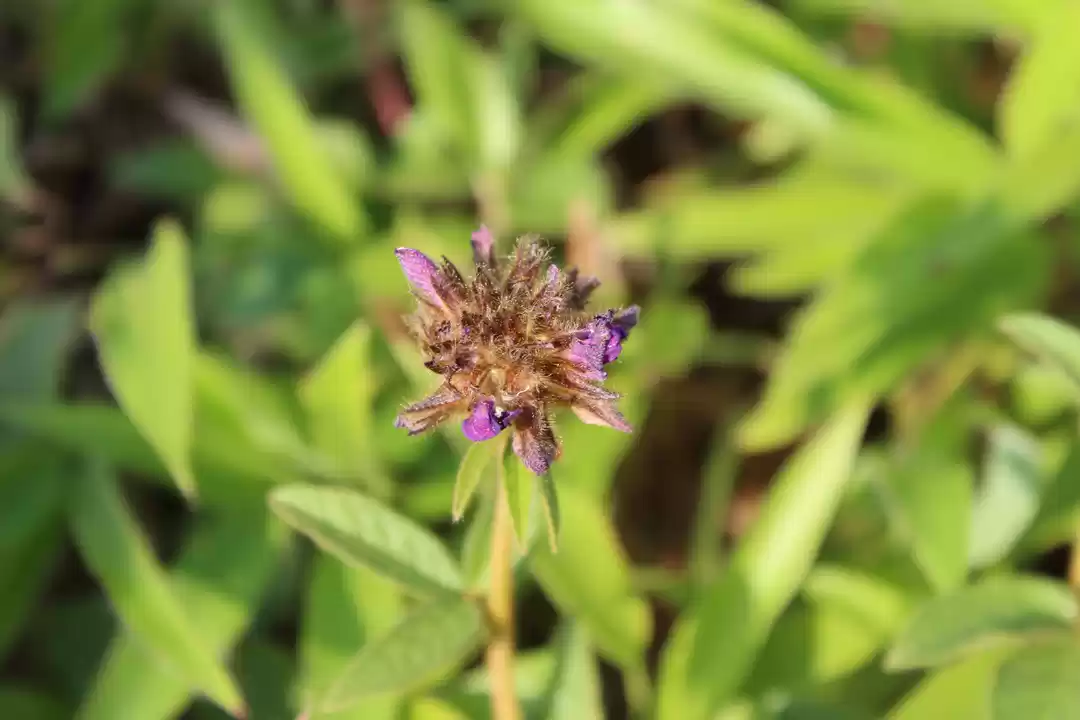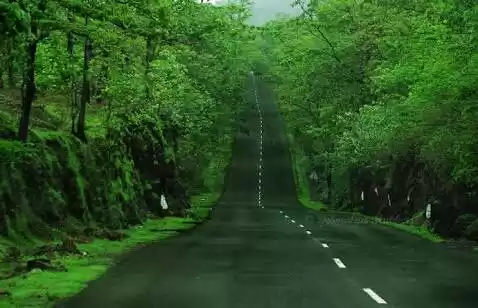Are you looking for a historical and adventurous destination that will take you back to the era of the brave and valiant Marathas? If yes, then you should visit Raigad Fort, the magnificent fort that served as the capital of the Maratha Empire under Chhatrapati Shivaji.
Raigad Fort is a marvel of engineering and aesthetics that overlooks the Gangasagar Lake and houses a statue of Shivaji.
In this article, we will tell you everything you need to know about Raigad Fort, including its history, architecture, attractions, trekking options, and how to reach it. Read on to find out why Raigad Fort is a must-visit place for history buffs and nature lovers alike.
History of Raigad Fort: From Shivaji to the British
Raigad Fort has a rich and glorious history that spans over three centuries. The fort was originally built by Chandrarao More, a king of the Jawali region, in the 14th century. He named it Rairi. In 1656, Shivaji captured the fort from the Mores and renamed it Raigad, meaning the king’s fort. He also renovated and fortified the fort with several structures and features. Raigad Fort became the capital of the Maratha Empire and the site of Shivaji’s coronation as Chhatrapati in 1674. It was also the place where Shivaji died in 1680 and was cremated at his samadhi.
After Shivaji’s death, his son Sambhaji succeeded him as Chhatrapati and defended Raigad Fort against the Mughal attacks. However, in 1689, he was captured and executed by Aurangzeb, who renamed the fort as Islamgad. Sambhaji’s brother Rajaram escaped from Raigad Fort to Gingee in Tamil Nadu with his wife Tarabai and son Shahu. Tarabai led the Maratha resistance against the Mughals from Raigad Fort until Shahu was released by the Mughals in 1707. Shahu claimed the throne at Raigad Fort but later shifted the capital to Satara in 1714.
Raigad Fort remained under the nominal control of the Maratha kings but the real power was wielded by the Peshwas, who became the de facto rulers of the Maratha Empire. The Peshwas neglected Raigad Fort and focused on their new capital Pune. In 1818, during the Third Anglo-Maratha War, the British attacked and bombarded Raigad Fort with cannons and mortars. They dismantled and looted most of its structures and treasures and left it in ruins.
Architecture of Raigad Fort: A Marvel of Engineering and Aesthetics
Raigad Fort is a masterpiece of engineering and aesthetics that showcases the skill and vision of Shivaji and his architects. The fort is situated at an altitude of 2700 feet above sea level and covers an area of 12 square kilometers.
The fort has two main parts: the lower fort or Petha Killa and the upper fort or Bale Killa. The lower fort has three sections: Zunjar Machi, Khubladha Buruj, and Mena Darwaja. The upper fort has four sections: Takmak Tok, Raj Bhavan, Jagdishwar Temple, and Samadhi.

Maha Darwaja
The main entrance gate of Raigad Fort is called Maha Darwaja or Great Door. It is carved out of solid rock and has spikes to prevent elephant attacks. It is also designed in such a way that it is not visible from a distance but only when one comes close to it. The Maha Darwaja leads to a long passage that has several smaller gates and chambers along the way.
Rani Vasa or Queen’s Palace
The six-rowed palace that housed Shivaji’s wives and concubines is called Rani Vasa or Queen’s Palace. It is located on the western side of Raigad Fort and has a beautiful view of the Gangasagar Lake. The palace has several rooms with windows and balconies that were used for different purposes such as living, dining, dressing, bathing, etc. The palace also has a secret passage that leads to an exit gate for escape in case of emergency.
Gangasagar Lake
The artificial lake that supplied water to Raigad Fort is called Gangasagar Lake. It is located on the eastern side of Raigad Fort and has a circumference of about one kilometer. The lake has a filtration system that purifies the water before it reaches the fort through pipes and channels. The lake also has a small island in its center that has a temple dedicated to Goddess Ganga.
Mena Darwaja or Zunjar Machi
The lower entrance gate of Raigad Fort that leads to a bastion with a steep drop and a view of the valley is called Mena Darwaja or Zunjar Machi. It is located on the southern side of Raigad Fort and was used by the royal ladies and their attendants. The bastion has a small temple and a water tank. The view from the bastion is breathtaking and one can see the Konkan region and the Arabian Sea from here.
Palkhi Darwaja or Hirakani Buruj
The upper entrance gate of Raigad Fort that was named after a brave woman who climbed down the fort wall at night to feed her child is called Palkhi Darwaja or Hirakani Buruj. It is located on the northern side of Raigad Fort and was used by Shivaji and his palanquin. The story goes that a woman named Hirakani, who was a milkmaid, was trapped inside the fort after the gates were closed at sunset. She had to feed her child who was waiting outside the fort. She decided to climb down the fort wall using vines and rocks and reached her child safely. When Shivaji heard about her courage and love, he named the gate after her and built a bastion in her honor.
Raj Bhavan or King’s Palace
The three-storeyed palace that served as Shivaji’s residence and administrative center is called Raj Bhavan or King’s Palace. It is located on the highest point of Raigad Fort and has a commanding view of the surroundings. The palace has several features such as a throne room, a court hall, a treasury, and a secret chamber. The throne room has a replica of Shivaji’s original throne that was made of gold and silver. The court hall has a gallery where Shivaji’s ministers and generals sat. The treasury has a vault where Shivaji’s jewels and coins were stored. The secret chamber has a tunnel that leads to an exit gate for escape.
Jagdishwar Temple
The temple dedicated to Lord Shiva that was built by Shivaji is called Jagdishwar Temple. It is located near the Samadhi of Shivaji and has a Nandi bull in front of it. The temple has a simple structure with a dome and a spire. The temple has an idol of Lord Shiva in the sanctum sanctorum and an idol of Goddess Parvati in the outer hall. The temple also has a bell that was gifted by the Portuguese to Shivaji.
Takmak Tok or Execution Point
The cliff from where traitors and criminals were thrown off to their death is called Takmak Tok or Execution Point. It is located on the western edge of Raigad Fort and has a height of about 1200 feet. The cliff has a platform where the condemned were tied and pushed off by soldiers. The platform also has iron rods that were used to hang the heads of the executed as a warning to others.
Samadhi or Tomb of Shivaji
The final resting place of Shivaji that has his ashes in a tomb along with his dog Waghya’s statue is called Samadhi or Tomb of Shivaji. It is located near the Jagdishwar Temple and has a simple structure with a dome and pillars. The tomb has a stone slab that bears Shivaji’s name and title in Devanagari script. The tomb also has an eternal flame that burns in his memory.
Statue of Shivaji
The bronze statue of Shivaji that was erected in 1966 by the Maharashtra government is called Statue of Shivaji. It is located near the Maha Darwaja and shows him in a commanding pose with his sword. The statue has a height of about 15 feet and weighs about 4 tons. The statue is surrounded by a garden and a fountain.
Trekking to Raigad Fort: An Adventure for Nature Lovers
Raigad Fort is not only a historical attraction but also an adventurous destination for nature lovers. One can trek to Raigad Fort by foot or by ropeway, depending on one’s preference and fitness level. Trekking to Raigad Fort is an exhilarating experience that offers scenic views, fresh air, and physical challenge.

By foot
One can reach the base village of Pachad by road or rail from Mumbai or Pune. From Pachad, one can start the trek to Raigad Fort by following the signboards and directions. There are about 1737 steps to climb from Pachad to Raigad Fort, which takes about 2 to 3 hours depending on one’s pace. Along the way, one can see several landmarks and views such as Wagh Darwaja, Hatti Talav, Chit Darwaja, Khoob Ladha Buruj, etc. One should carry enough water, snacks, sunscreen, hat, torch, etc., while trekking to Raigad Fort.
By ropeway
Another option to reach Raigad Fort is by ropeway, which is a cable car that runs from the base village of Pachad to the upper fort of Raigad. The ropeway station is about 2 km from Pachad and can be reached by road or rail from Mumbai or Pune. The ropeway tickets and timings can be booked online or offline at the station. The ropeway takes about 10 minutes to reach Raigad Fort and has a capacity of 18 passengers per trip. The ropeway offers a safe and comfortable ride with stunning views of the valley, the lake, and the fort. The ropeway also has a backup generator and an emergency brake system in case of power failure or technical glitch.
You will love this thrilling story of monsoon trek to Raigad Fort by Rararaasta, the majestic fort that witnessed the rise and fall of Shivaji’s Maharaj’s empire!
Best Time To Visit
The best time to visit Raigad Fort is between October and February, when the weather is cool and pleasant. During this period, you can enjoy trekking, exploring historical ruins, and camping at the fort.
You can also witness the beauty of the fort and its surroundings in the monsoon season but be careful of muddy terrain and slippery trails.
Other Places To Visit Near Raigad Fort
Some other places to visit near Raigad Fort are:
Jagadishwar Temple
The Jagadishwar Temple, a historical temple dedicated to Lord Shiva. It is around 300-year-old and still counted as one of the most well-maintained temples in Raigad.
Jijamata Palace
The Jijamata Palace, a palace dedicated to the birth mother of Chhatrapati Shivaji Maharaja, Jijamata Shahaji Bhonsle. It is located near the Samadhi of Shivaji and has a museum that displays the artifacts and weapons used by the Marathas.
Gangasagar Lake
The Gangasagar Lake, an artificial lake that was created by Shivaji to provide water to Raigad Fort. It has a small island in the middle that has a temple of Goddess Ganga. The lake also offers boating and fishing activities for the visitors.
Kihim Beach
The Kihim Beach, a serene and picturesque beach that is located about 12 km from Alibag. It is known for its white sand, clear water, and lush green surroundings. It is also a popular spot for birdwatching and camping.
Kondana Caves
The Kondana Caves, a group of 16 Buddhist rock-cut caves that date back to the 1st century BC. They are located near Karjat and have sculptures, paintings, and inscriptions that depict the life and teachings of Buddha. They are also surrounded by waterfalls and forests that add to their beauty.
How to Reach Raigad Fort: By Air, Rail, or Road
Raigad Fort is well-connected by air, rail, or road from Mumbai or Pune, which are the nearest major cities. One can choose any mode of transport depending on one’s convenience and budget. Here are some details on how to reach Raigad Fort by air, rail, or road.

By air
The nearest airports to Raigad Fort are Pune Airport and Mumbai Airport, which are about 140 km and 170 km away respectively. One can take a flight from any domestic or international destination to Pune or Mumbai and then travel to Raigad Fort by road or rail. The flight options and fares can be checked online or offline at various portals and agencies. The travel time from the airport to Raigad Fort by road or rail is about 3 to 4 hours.
By rail
The nearest railway stations to Raigad Fort are Veer Railway Station and Mangaon Railway Station, which are about 30 km and 40 km away respectively. One can take a train from Mumbai or Pune to Veer or Mangaon and then travel to Raigad Fort by road or foot. The train options and fares can be checked online or offline at various portals and agencies. The travel time from the railway station to Raigad Fort by road or foot is about 1 to 2 hours.
By road
The nearest bus stands to Raigad Fort are Mahad Bus Stand and Poladpur Bus Stand, which are about 25 km and 35 km away respectively. One can take a bus from Mumbai or Pune to Mahad or Poladpur and then travel to Raigad Fort by taxi or foot. The bus options and fares can be checked online or offline at various portals and agencies. The travel time from the bus stand to Raigad Fort by taxi or foot is about 1 hour.
Don’t miss this amazing guide for a day trip to Raigad Fort for a fun and mind-blowing getaway!
Raigad Fort is a historical and architectural marvel that showcases the glory and legacy of the Maratha Empire under Chhatrapati Shivaji. It is also a natural and adventurous destination that offers scenic views, fresh air, and physical challenge.
Whether you are interested in history, culture, religion, art, engineering, or nature, Raigad Fort has something for everyone.
So, what are you waiting for? Plan your trip to Raigad Fort today and experience its beauty and splendor for yourself.
You can also check out our other articles on Tripoto for more information and tips on traveling to Raigad Fort and other places in India. Happy traveling!

















































